两步法微悬浮可逆链转移催化聚合制备微米级嵌段共聚物毕业论文
2020-04-15 17:31:18
摘 要
碘转移聚合(ITP)以碘代烷烃作为链转移剂,适用于甲基丙烯酸甲酯、苯乙烯和丙烯酸丁酯等诸多疏水性单体的CLRP聚合方法。为了将其适用于亲水性单体,本文中我们运用碘转移微悬浮聚合(ms ITP)的方法,碘仿(CHI3)作为引发剂,偶氮二异丁腈 (AIBN)作为链转移剂和疏水性,PVA作为分散剂,制备了微米级聚甲基丙烯酸甲酯(PMMA)。
目前,世界各国研究者对碘代化合物存在下的可控活性自由基聚合的研究相对较少,这也给我的研究提供了契机,与其它的聚合方法相比,碘转移聚合具有一定的优势:反应体系与传统聚合相通,反应条件温和,适用单体的范围宽,且反应物的纯度低。如果能将该方法运用于水溶性单体,可以在一定程度上限制聚合物分子量分布,得到均一的产物,那么将大大简化水溶性聚合物微球的制备过程,这对于规模化生产具有重大的意义,也将极大地促进聚合物的应用发展。
通过微量悬浮碘转移聚合(ms ITP)与过氧化苯甲酰作为引发剂和碘仿作为链转移剂,由于碘端基在水中溶解度很低,能够捕捉水相中的低聚物自由基,并且抑制单体液滴和聚合物中的自由基逃逸至水相,我们将此现象称为自由基抑制效应(RED)。依据该效应,为在水分散向中成功制备得到微米级PMMA微米级PMMA-b-PS提供可能性。
关键词: 乳液聚合 中空微球 碘转移微悬浮聚合 微米级PMMA
Preparation of micron-sized block copolymers by two-step microsuspension reversible chain transfer catalytic polymerization
Abstract
Iodine transfer polymerization (ITP) uses an iodoalkane as a chain transfer agent, and is suitable for a CLRP polymerization method of a plurality of hydrophobic monomers such as methyl methacrylate, styrene, and butyl acrylate. In order to apply it to hydrophilic monomers, we use the method of iodine transfer microsuspension polymerization (ms ITP), iodoform (CHI3) as initiator and chain transfer agent and hydrophobic dibenzoyl peroxide (BPO). Micron-sized polymethyl methacrylate (PMMA) was prepared as a dispersant by PVA.
At present, researchers from all over the world have relatively few studies on the controllable living radical polymerization in the presence of iodine compounds, which also provides an opportunity for my research. Compared with other polymerization methods, iodine transfer polymerization has certain advantages. The reaction system is in communication with the conventional polymerization, the reaction conditions are mild, the range of the applicable monomer is wide, and the purity of the reactant is low. If the method can be applied to water-soluble monomers, the weight of molecular distribution of the polymer will be limited to a certain extent, and a uniform product can be obtained, which greatly simplifies the preparation process of the water-soluble polymer microspheres, which is significant for large-scale production. The significance will also greatly promote the development of polymer applications.
By microsuspension iodine transfer polymerization (ms ITP) with benzoyl peroxide as initiator and iodoform as chain transfer agent, since the iodine end group has low solubility in water, it can capture oligomeric radicals in the aqueous phase, and To suppress the escape of free radicals in monomer droplets and polymers to the aqueous phase, we call this phenomenon the free radical suppression effect (RED). Based on this effect, it is possible to successfully prepare micron-sized PMMA micron-sized PMMA-b-PS in water dispersion.
Key Words:Emulsion polymerization;Hollow microsphere;Iodine transfer microsuspension polymerization;Micron PMMA
目录
第一章 绪论 1
1.1 引言 1
1.2 研究背景 1
1.3 课题研究目的和意义 2
1.4 国内外研究现状和发展趋势 3
1.5 研究思路与研究内容 5
第二章 一釜两步法碘转移微悬浮聚合制备微米级PMMA-b-PS嵌段共聚物 6
2.1 引言 6
2.2 实验部分 7
2.3 结果与讨论 10
2.4 小结 16
第三章 结论与展望 18
参考文献 19
致谢 21
第一章 绪论
1.1 引言
在工业领域中,自由基聚合占有重要的地位,约50%的商业聚合物通过自由基聚合制备。 该技术具有对杂质的耐受性,与水相容并且功能性单体的多功能性。 乳液聚合是用于制备亚微米级聚合物的最成熟和常用的自由基聚合技术之一。因此,本文通过乳液聚合制备亚微米尺寸微球,并观察在中空微球形成中引发剂基团和乳化剂基团起到的作用。
传统的自由基聚合也存在着相应的不足,主要是由于处于链增长阶段的自由基的高活化性及其对于耦合链终止、链转移反应的倾向性和其他副反应的发生导致传统自由基聚合过程难于控制,因而不能完成较为精密的合成,无法满足尖端工业的较高要求。反之,可控活性自由基聚合(CLRP)在维持了聚合可控性的同时,在自由基生成的过程中维持一定的灵活性和耐受性来提高这一过程的稳定性。换言之,CLRP能够制备一定分子量(Mw)和窄分子量分布(MWD)的聚合物、嵌段聚合物和更复杂的大分子结构聚合物,比如星状聚合物和蜂窝状聚合物,并且能够引入功能性端基。
近几十年来,由于能够制造具有窄分子量分布的明确定义的聚合物,广泛应用,通常在功能性涂料领域,人们对控制/活性自由基聚合(CLRP)给予了极大的关注[1,2],光电子[3,4],医学诊断[5,6],蓄热[7]和生物学[8,9].碘转移聚合(ITP)是最广泛采用的CLRP技术之一[10–12],这是基于交换过程,通过退化转移可以自由地使自由基失活,从而实现低分散指数[13].
1.2 研究背景
由于Szwarc提出活性聚合的概念在1956年,活性聚合发展迅速。活性聚合技术的发展开辟了合成结构和控制聚合物材料,并进一步扩大高分子材料的应用,这已成为材料科学在21世纪发展的基础的可能性。
以上是毕业论文大纲或资料介绍,该课题完整毕业论文、开题报告、任务书、程序设计、图纸设计等资料请添加微信获取,微信号:bysjorg。
相关图片展示:
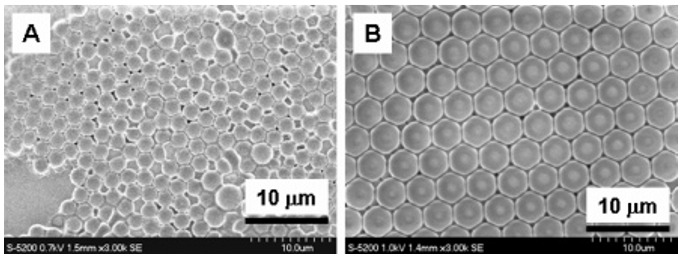
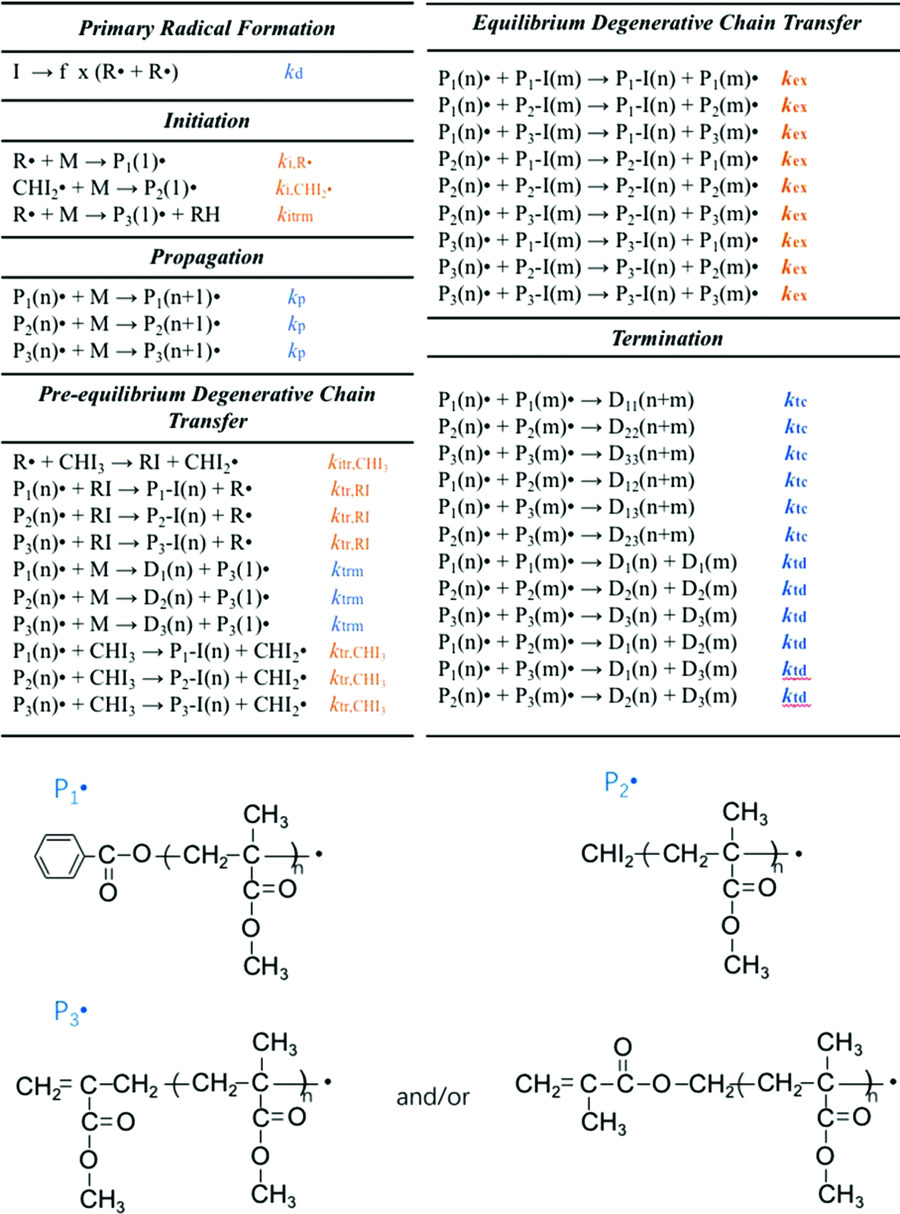
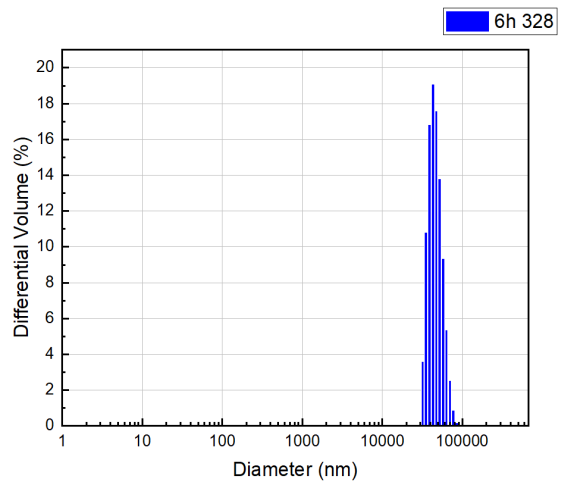
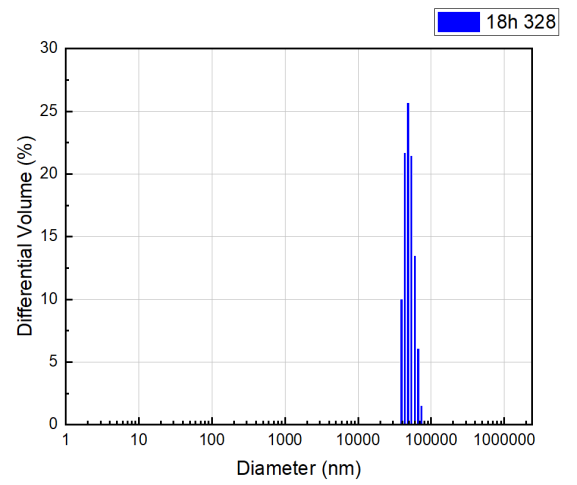
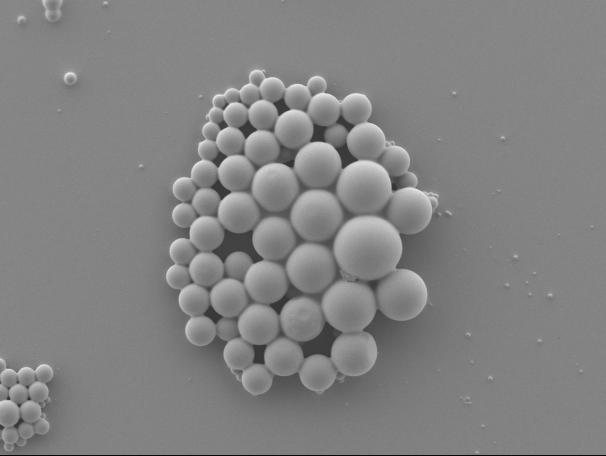
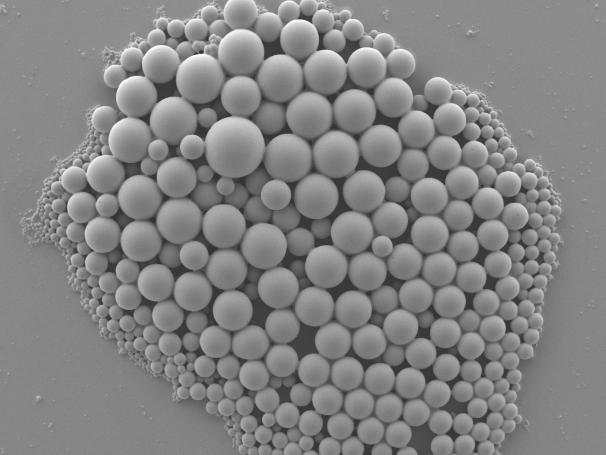
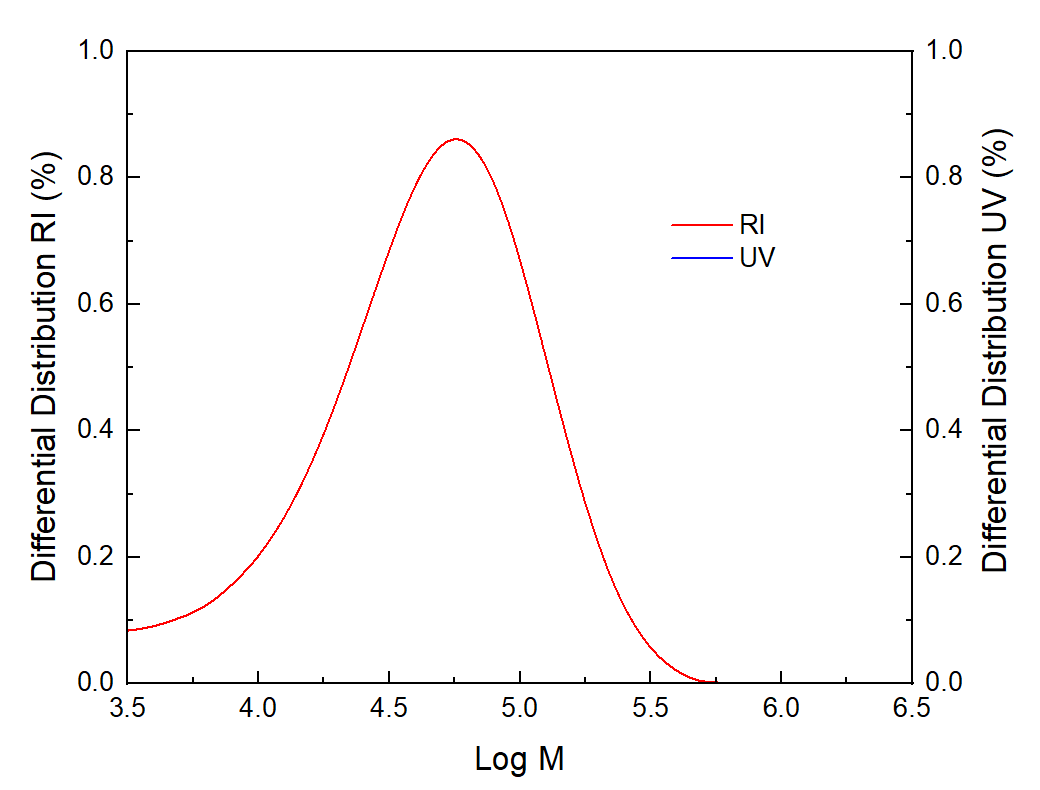
您可能感兴趣的文章
- 激光作用下ZrNiSn合金热电材料组成、结构和性能的演化规律开题报告
- 原位生长于碳纤维表面的钒氧化物柔性电极制备开题报告
- 锂硫电池用TixOy-S/HGs复合材料的制备与性能开题报告
- MnO2纳米片修饰ZnO纳米棒阵列的气敏性能研究开题报告
- 基于三维碳基孔结构和电解质协同优化的微型超级电容器文献综述
- 基于C-MEMS工艺的微型混合锂离子电容器构筑及性能开题报告
- 多孔碳负载钼基纳米材料作为高性能析氢电催化剂文献综述
- Cu掺杂ZnxCd1-xS纳米晶的制备与性能研究开题报告
- 用于光伏的III-V族半导体低成本生长外文翻译资料
- 太阳能电池中的GaSb / InGaAs 量子点阱混合结构有源区外文翻译资料




